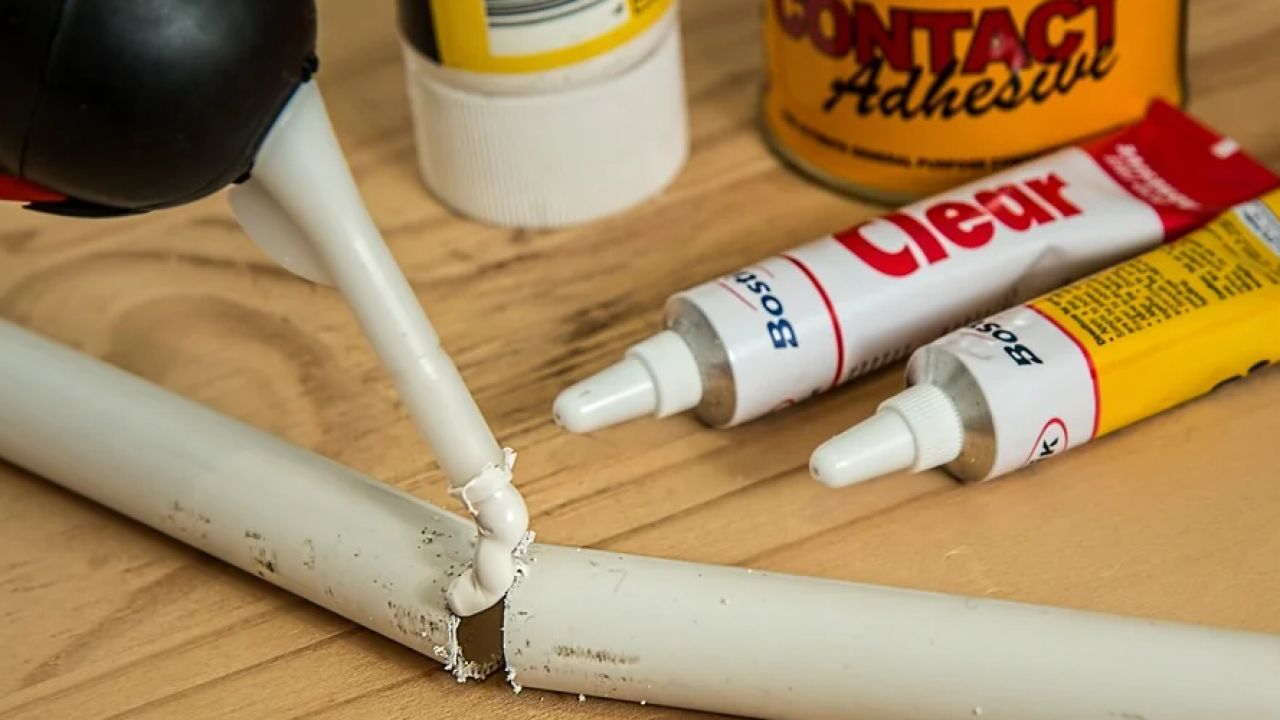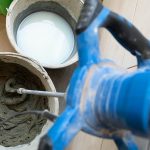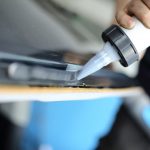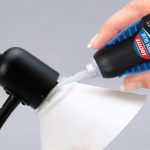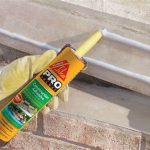Do you need a fast and cost-effective way to glue plastic to rubber? Superglue is the answer! It’s quick drying, has excellent adhesive properties, and creates a strong bond between the two materials.
In this blog post, we’ll show you how to glue plastic to rubber with superglue. We’ll cover what kind of superglue works best, how to prepare the surfaces before gluing, and tips for making your project run smoothly.
So if you’re ready to get started, read on and learn how to use superglue for your next project.
Types of Super Glue
Contents
- 1 Types of Super Glue
- 2 Is Super Glue Safe on Rubber?
- 3 Does Super Glue Destroy Rubber?
- 4 What Glues Bond Plastic to Rubber?
- 5 How to Apply Cyanoacrylate Glue
- 6 Advantages of Using Superglue for Plastic to Rubber Bonding
- 7 Disadvantages of Using Superglue for Plastic to Rubber Bonding
- 8 Tips and Tricks for Gluing Plastic to Rubber with Superglue
- 9 Conclusion
Are you looking for the perfect glue to make a quick fix? Super glue is the answer! It’s simple to apply and can bond almost anything.But did you know there are different types of superglue? Let’s explore the four main types available on the market.
The most popular type of superglue is cyanoacrylate. It dries quickly and creates a strong bond that will last for years. This type of glue is ideal for gluing plastic to rubber.
Epoxy glue is best used in heavier duty applications, like bonding metal or glass. This type takes longer to dry, so make sure to mix the two components before using it.
Polyurethane glue is great for porous surfaces such as wood or fabric, as it forms a flexible bond that can withstand vibration and shock.
Finally, silicone adhesive is perfect for waterproofing applications like sealing aquariums or bathtubs due to its water-resistant properties.
So next time you need a quick fix, remember that there are several types of superglue available to suit your needs!
Is Super Glue Safe on Rubber?
Super glue may be the answer. It’s a type of cyanoacrylate adhesive that is renowned for its strong bonding capabilities. However, it’s important to use it correctly in order to get the best results.
If too much glue is used, it can seep into the pores of the rubber and weaken its structure over time, resulting in cracking or peeling.
Also, never use superglue on rubber that has been exposed to petroleum-based products such as gasoline or motor oil, as this can cause the adhesive to break down and weaken the bond.
When used correctly, super glue provides a secure bond between rubber surfaces that will last for years.
Does Super Glue Destroy Rubber?
Superglue is a powerful adhesive that can be used to bond many materials together. Unfortunately, it can also damage rubber surfaces if not used with care.
When applied to rubber, the glue will harden and form a bond, but over time, it can cause the rubber to become brittle and crack.
To avoid this potential damage, it’s important to test the glue on a small area before applying it to a larger surface.
If you’re looking for an alternative adhesive, epoxy or silicone may be better suited for bonding plastic and rubber together.
What Glues Bond Plastic to Rubber?
Bonding plastic to rubber can be a tricky task, but don’t worry—there are a few glues that can help you get the job done quickly and easily.
The most popular and cost-effective option is cyanoacrylate glue, also known as superglue.
It dries quickly, is easy to use, and provides a strong bond that will last for years. You can find it in most hardware or craft stores.
If you need an even stronger bond, there are other types of glue that can be used.
These include epoxy, contact cement, hot glue, and polyurethane glue. These glues are more difficult to work with than cyanoacrylate glue, and they are more expensive.
However, they provide a stronger bond that can withstand extreme temperatures and harsh conditions, making them perfect for projects that require extra strength and durability.
How to Apply Cyanoacrylate Glue
Cyanoacrylate glue, also known as superglue, is a highly effective adhesive used to bond plastic to rubber.
It is easy to use and creates a strong bond between surfaces.
To ensure that the glue will adhere properly, it is essential to make sure that both surfaces are clean and free of dirt or debris.
Once the surfaces are prepped, you can apply the cyanoacrylate glue directly to one of them and press them together firmly for 30 seconds or more until they are secure.
Finally, allow the bond to cure for 24 hours before using or handling it; this will guarantee that it has had enough time to set correctly.
Advantages of Using Superglue for Plastic to Rubber Bonding
Superglue is a great option! It’s fast-drying, forms strong and durable bonds between the two materials, and is easy to apply.
Plus, it’s affordable and can be found in most hardware stores or online retailers.
Superglue is also a safe choice as it does not contain any hazardous chemicals that could harm humans or the environment.
This makes it suitable for a variety of applications, from repairing broken items to creating custom projects out of plastic and rubber materials.
And because superglue can be used on wet surfaces or in tight spaces, it’s a great all-around adhesive solution.
So if you’re looking for an adhesive that will bond plastic to rubber quickly and easily, then superglue is the way to go.
It’s inexpensive, safe, and versatile – everything you’ll need for your next project.
Disadvantages of Using Superglue for Plastic to Rubber Bonding
Using superglue for plastic-to-rubber bonding can be tricky. It’s not a long-term solution, as it’s not as strong and durable as other glue types.
In fact, it can damage the rubber over time and weaken the bond until it eventually breaks.
You must also be careful when applying the glue, as it has a short open time.
Too much glue will cause an uneven bond that won’t hold up in the long run.
Additionally, excess glue can be hard to clean up, and the fumes can be dangerous if inhaled, so make sure you have proper ventilation when using this type of glue.
All in all, if you’re going to use superglue for plastic-to-rubber bonding, take your time and do it right.
Tips and Tricks for Gluing Plastic to Rubber with Superglue
Gluing plastic to rubber can be a tricky task, but with the right tips and tricks, you can create a strong bond that will last for years. Here are some guidelines for gluing plastic to rubber using superglue.
Start by cleaning both surfaces of the plastic and rubber with a damp cloth to remove any dirt or debris.
This is an important step as it will help ensure that the glue adheres properly.
Once clean, apply a thin layer of superglue to both surfaces and let it dry for about 10 minutes. After that, press the two pieces firmly together for 30 seconds until they are securely bonded.
To guarantee a strong bond, use clamps or weights to keep the pieces in place while the glue sets completely.
Be sure to keep superglue away from your skin, as it can cause irritation or burns if it comes into contact with your skin.
If you need to remove excess glue, use rubbing alcohol on a cotton swab or cloth to clean up any spills or smudges that may have occurred during application.
Conclusion
Gluing plastic to rubber can be tricky, but it doesn’t have to be. Superglue is a great adhesive that can bond the two materials together quickly and easily. It dries fast and creates a strong bond that will last for years.
To ensure success, make sure both surfaces are clean and free of dust or debris before applying the glue. Additionally, never use superglue on rubber that has been exposed to petroleum-based products like gasoline or motor oil.

